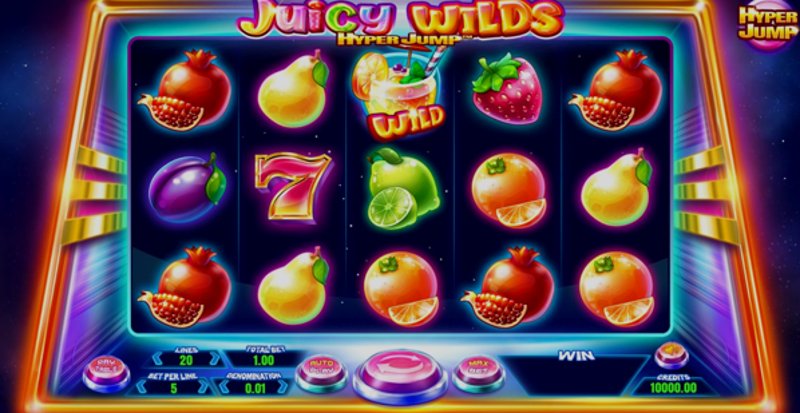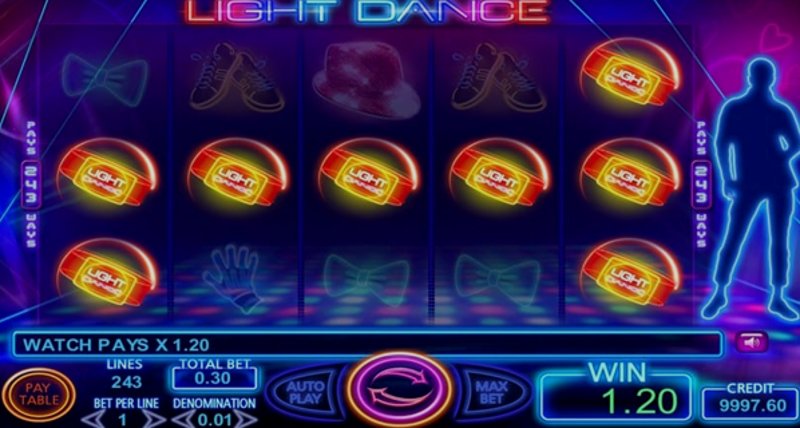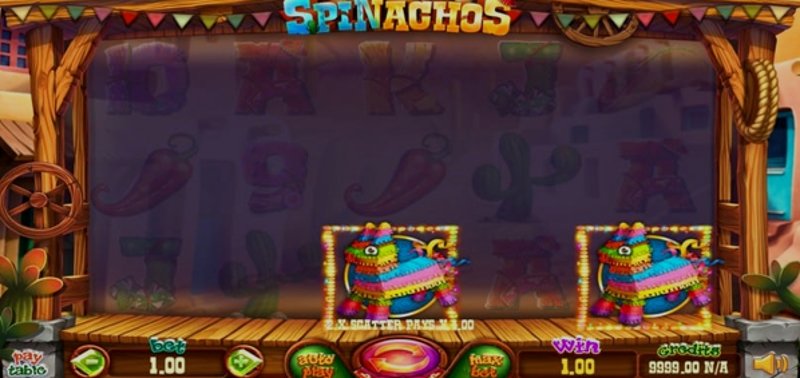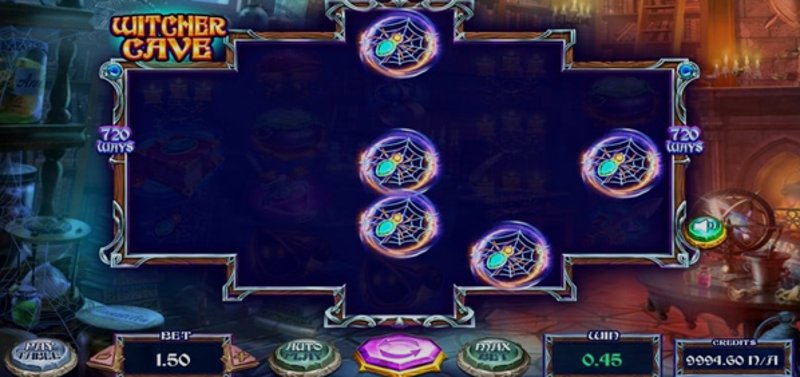All 1win slots and games by Groove
About Groove games at 1win casino
Hey there, music enthusiasts! If you're curious about diving into the world of rhythm and beats, then you're in for a treat. Today, we're going to explore the concept of "Groove" in music. So, grab your headphones and let's groove together!
Understanding Groove: The Heartbeat of Music
So, what exactly is groove? In simple terms, groove is the irresistible, infectious feeling that makes you want to move and dance when you hear a song. It's that undeniable sense of rhythm and flow that gets your head nodding, your feet tapping, and your body swaying.
Think of groove as the heartbeat of music. It's the underlying pulse that drives a song forward, creating a sense of momentum and energy. Whether it's a funky bassline, a tight drum pattern, or a soulful vocal delivery, groove is what gives a song its soul and makes it come alive.
Elements of Groove: Finding Your Groove
Now, let's break down the elements that contribute to creating a killer groove:
- Rhythm: At the core of groove is rhythm. It's all about the placement of notes, the syncopation, and the overall feel of the beat. A solid rhythm is essential for establishing a groove that makes you want to move.
- Syncopation: Adding unexpected accents or emphasizing off-beat notes can create a sense of tension and release that keeps the groove interesting and dynamic.
- Feel: Groove is not just about hitting the right notes; it's about how those notes are played. The feel of a performance, whether it's laid-back and relaxed or tight and precise, can greatly impact the groove of a song.
- Pocket: When musicians talk about being "in the pocket," they mean that they are locked into a tight, cohesive groove where every note sits perfectly in the rhythm. Finding the pocket is key to creating a groove that feels effortless and natural.
Creating Your Groove: Tips for Musicians
If you're a musician looking to enhance your groove, here are a few tips to help you find your rhythm:
- Listen and Learn: Study the grooves of your favorite songs and pay attention to how different instruments interact to create a cohesive rhythm.
- Practice with a Metronome: Developing a strong sense of timing is crucial for nailing the groove. Practice playing along with a metronome to improve your rhythmic accuracy.
- Experiment with Dynamics: Playing with dynamics, such as varying the volume and intensity of your playing, can add depth and nuance to your groove.
- Jam with Others: Groove thrives in collaboration. Jamming with other musicians can help you lock into a shared rhythm and explore different grooves together.
Personal Experience: Grooving to the Beat
Let me share a personal anecdote about the power of groove. I remember attending a live concert where the band was so in sync, and the groove was so infectious that the entire crowd couldn't help but dance. It was a magical moment where music brought complete strangers together in perfect harmony.
That's the beauty of groove—it has the power to connect people through a shared rhythm and a collective sense of joy and movement.
Final Notes: Let the Music Move You
Groove is more than just a musical term; it's a feeling, a sensation that transcends language and culture. Whether you're a listener, a dancer, or a musician, groove is what makes music come alive and touch our souls. So, next time you find yourself nodding your head to a catchy beat, remember that you're experiencing the magic of groove. Let the music move you, and keep grooving to the rhythm of life!
FAQ about Groove
What is the bonus symbol in the Groove?
In the game Groove, the bonus symbol typically triggers special features or bonus rounds that can enhance your gameplay experience. Keep an eye out for this symbol as it often leads to increased winnings or exciting bonus opportunities within the game.

























